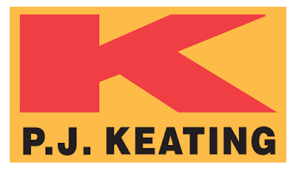News
EPA Announces Over $72 Million for Clean Water Projects in Texas
Jan 26, 2021
DALLAS – (Jan. 26, 2021) The U.S. Environmental Protection Agency (EPA) recently awarded the Texas Water Development Board (TWDB) $72,632,000 to provide low-interest loans to fund clean water projects in Texas. EPA provides the grant under the Clean Water Act’s Clean Water State Revolving Fund (CWSRF), a federal-state partnership that provides communities low-cost financing for a wide range of water quality infrastructure projects.
“Ensuring that everyone has reliable access to clean water is one of EPA’s fundamental priorities,” said Acting Regional Administrator David Gray. “We could not attain this goal without partners like the Texas Water Development Board, who work directly with communities to finance infrastructure projects.”
EPA’s funding provides a capitalization grant to TWDB’s CWSRF program to provide low-interest financing to eligible recipients, including municipalities or nonprofit groups that manage wastewater systems, nonpoint source pollution, or projects to improve water reuse or efficiency. The loans can finance costs associated with the planning, design, and construction of eligible water quality improvement and protection projects. As money is paid back into the CWSRF, TWDB makes new loans to other recipients for high-priority projects. Repayments of loan principal and interest earnings are recycled back into CWSRF programs to finance new projects that allow the funds to "revolve" at the state level over time to continue improving and protecting water quality and public health.
Under the CWSRF, EPA provides grants to all 50 states plus Puerto Rico to capitalize state CWSRF loan programs, and states contribute an additional 20 percent to match the federal grants. Under the CWSRF, states may provide various types of assistance, including loans, refinancing, purchasing, or guaranteeing local debt and purchasing bond insurance. States may also set specific loan terms, including interest rates from zero percent to market rate and repayment periods of up to 30 years. States have the flexibility to target financial resources to their specific community and environmental needs. Building on a federal investment of $45.2 billion, the state CWSRFs have provided $138 billion to communities through 2019. States have provided 41,234 low-interest loans to protect public health, protect valuable aquatic resources, and meet environmental standards benefiting hundreds of millions of people.
By Far the Best!









































































































